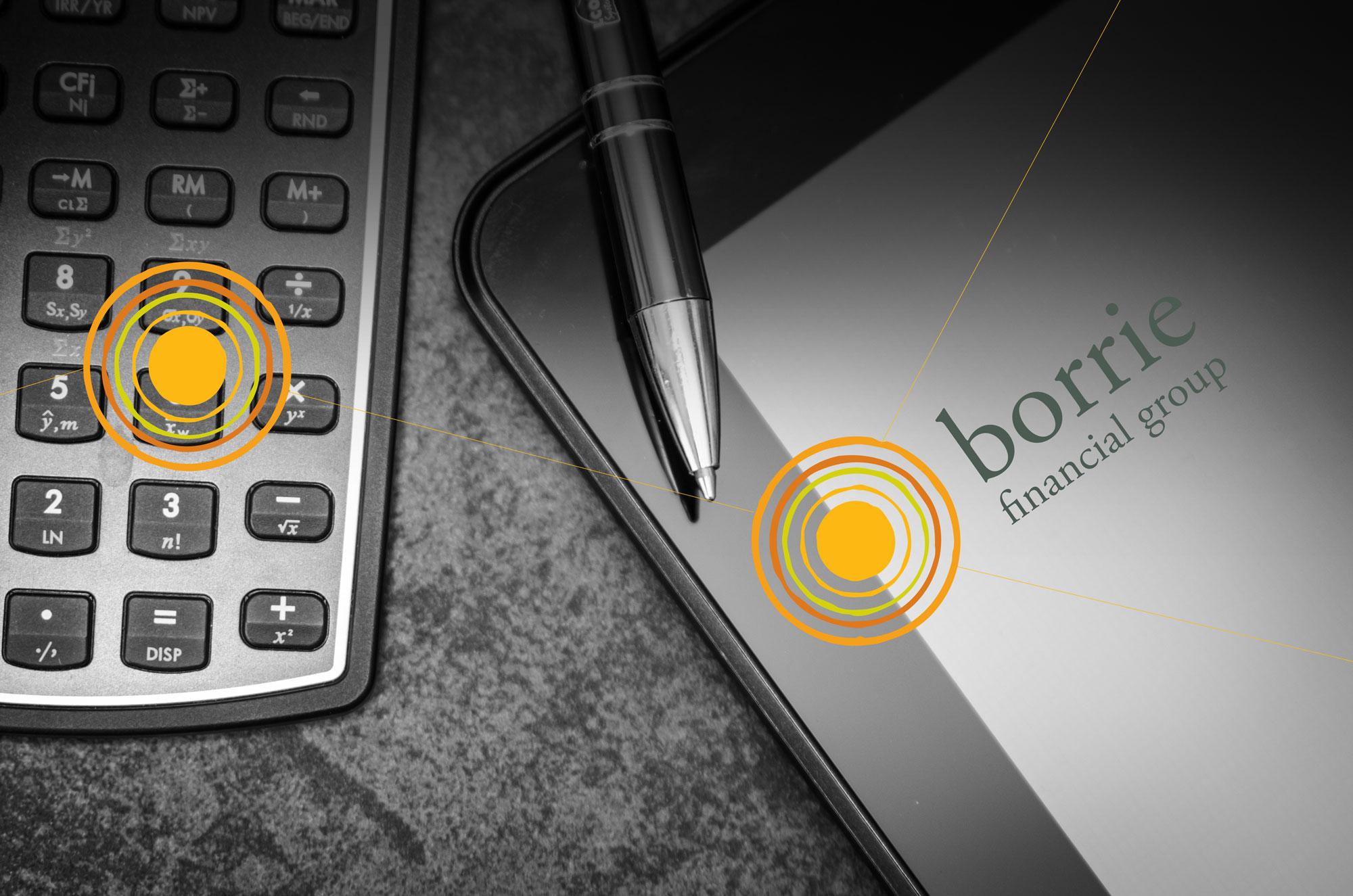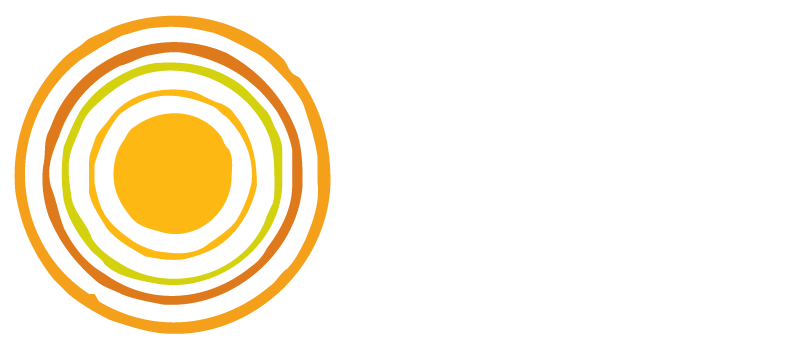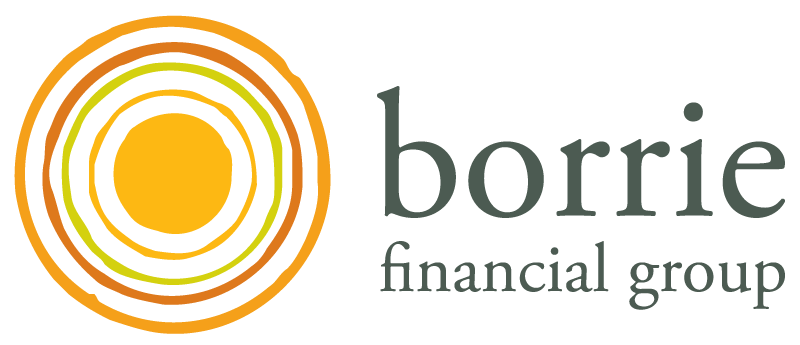
01 Feb Guide to your Financial Reports – Part 6 (Shareholder Current Account)
This ‘Guide to your Financial Reports – Part 6 (Shareholder Current Account)’ records all funds introduced to the business by shareholders, credited to shareholders as dividends or salary, or taken out of the business as drawings. The Shareholder Current Account is also called a Shareholder Loan as it’s a debt owed by the company to the shareholder(s). Where a company has multiple shareholders, it ensures a record of different balances for each shareholder is maintained.
The basic format for your Shareholder Current Account is:
Closing Balance = Opening Balance + Funds Introduced – Drawings – Insurance
| Opening Balance | Balance owed by the company to shareholders from the end of the last financial year. |
| Funds Introduced | Cash or assets invested into the company by shareholders. |
| Drawings | Cash withdrawals, assets taken from the company by shareholders, personal expenses paid by the company on behalf of the shareholders. |
| Insurance | Personal insurances paid by the company which aren’t tax deductible by the company, e.g. life insurance. |
The balance of each Shareholder’s Current Account represents the amount the business owes that shareholder. If the balance is negative, the shareholder has taken out more than they’ve put in, and owes the company money. It’s important to monitor your Shareholder Current Account and understand the potential tax implications of it being overdrawn.
To remedy an overdrawn Shareholder Current Account, a shareholder could repay the amount owed, declare a shareholder salary, or declare a dividend. The company must be solvent for a shareholder salary or dividend to be declared.
Shareholder Current Account Tips:
- Consider security. As funds owed to shareholders are recorded as loans, consider having the company provide security for the debt. If the company gets into financial difficulty, the shareholders could potentially be paid back before unsecured creditors. Talk to us about whether this is possible for your situation.
- Have a dividend and drawings policy. Instead of taking funds out of the business as drawings or dividends unchecked, establish a regular amount that you stick to. This amount can be worked out at the start of each year when you do your budget and forecast to ensure you don’t strip the company of much-needed cash.
- Keep shareholder loan balances in proportion to shareholding. If you have a 25% shareholder and a 75% shareholder, establish what the company can afford to pay out to shareholders each month, then distribute it 75:25 to shareholders. E.g. if monthly drawings total $10,000, the 75% shareholder gets $7,500 and the 25% shareholder gets $2,500. This ensures no shareholder ends up funding more than their proportionate share of the company. Get in touch if you have multiple shareholders and need support ensuring your Shareholder Current Accounts stay in proportion to shareholding.
- Pay working shareholders a wage. Paying a market wage to shareholders does two things: it allows the company to realistically measure profit (as the true wage cost is included in the expenses) and makes tax planning easier (as tax can be paid out each month as opposed to getting lumpy tax bills). Talk to us about the benefits of paying yourself a wage vs taking drawings from your company.
If you’d like to learn more about your financial reports, the key financial ratios you should be measuring, and how to improve your results, get in touch to find out how we can help.
The reports covered in the following parts are:
Fixed Assets and Depreciation, Cashflow Forecasting.
Our ‘Guide to Your Financial Reports – Part 6 (Shareholder Current Account)’ not enough?
The better you understand your business and your financials, the easier it will be to make more money and ultimately achieve your goals. We have developed comprehensive resources to enable business owners to fully understand and interpret their numbers. Need more help? Join our free webinars on financial awareness coaching or talk to us about personalised financial awareness coaching. Contact Samantha for a call, zoom or meet on 06 871 0793.
Related Links:
Guide to Your Financial Reports – Part 5 (Statement of Changes in Equity)
What is the Point of Employment Contracts?
Quick Six – Management Reporting System Benefits
Feeling out of the loop? Click here to subscribe to the IRD to stay up to date.

